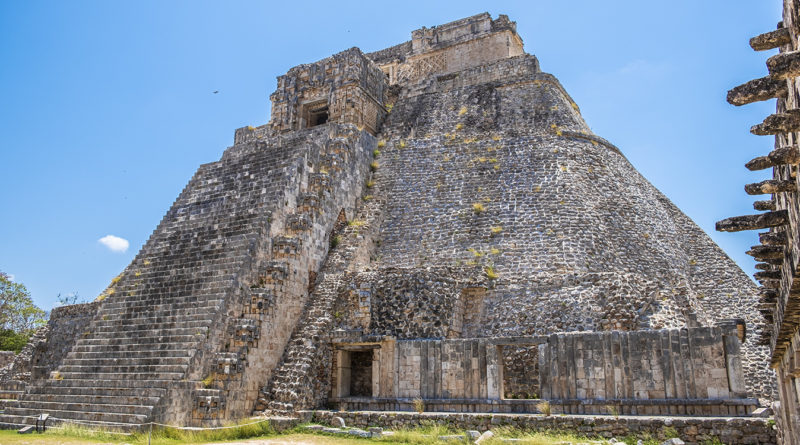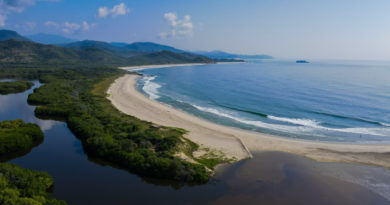A Whirlwind Trip to Mérida
The Mayan Pyramid of the Magician, built on top of existing pyramids, in Uxmal, one of the largest cities of theYucatán peninsula.
Are two days in the Yucatán worth the journey?
Claro, que si!
By Marlise Kast-Myers | Photos by Benjamin Myers
Usually one of three reasons keep a person from traveling: time, money, or desire. But a new flight out of Tijuana is squashing all three excuses for anyone who has shelved Mexico’s cultural center as nothing more than a pipedream.
In March, Volaris launched a red eye to the Yucatán’s capital of Mérida that departs on Saturdays and returns on Tuesdays. The benefit of sleepwalking through the terminal is that flights start at MX$699 pesos, which translates to a whopping $35 USD — less than a night out in San Diego.

As of late, my husband, Benjamin and I have made a habit of snagging these “too good to be true” deals to Mexico — first La Paz, then Ixtapa, and now Mérida — all within the year. This is where wisdom eclipses wealth.
Ignore LAX and San Diego International Airport, and instead head straight to CBX (Cross Border Express). Opened in 2015, this pedestrian bridge connects San Diego to the Tijuana International Airport, with such perks as secured parking, no border waits, and a Starbucks to bid you farewell.
We’re not the only ones in on the secret. Travel traction of 6,500 daily CBX passengers has led Tijuana International Airport to open the skies to 35 destinations in Mexico and direct flights to China. It just completed a $95.5 million renovation, giving the TJ airport a major facelift that puts SAN to the test.
All that being said, only one question remains: Are two days in the Yucatán worth the journey? We’d like to respond with a resounding, Claro, que si!
And here’s why.
Sunday morning, 6:10 a.m. (yes, ouch!) arrive in Mérida and transfer to your hotel.
The Yucatán’s capital is ready for you, with over 300 restaurants and 6,000 hotel rooms to choose from, including our personal favorites at Casa Azul, Roses & Xocolate, and Casa Lecanda.
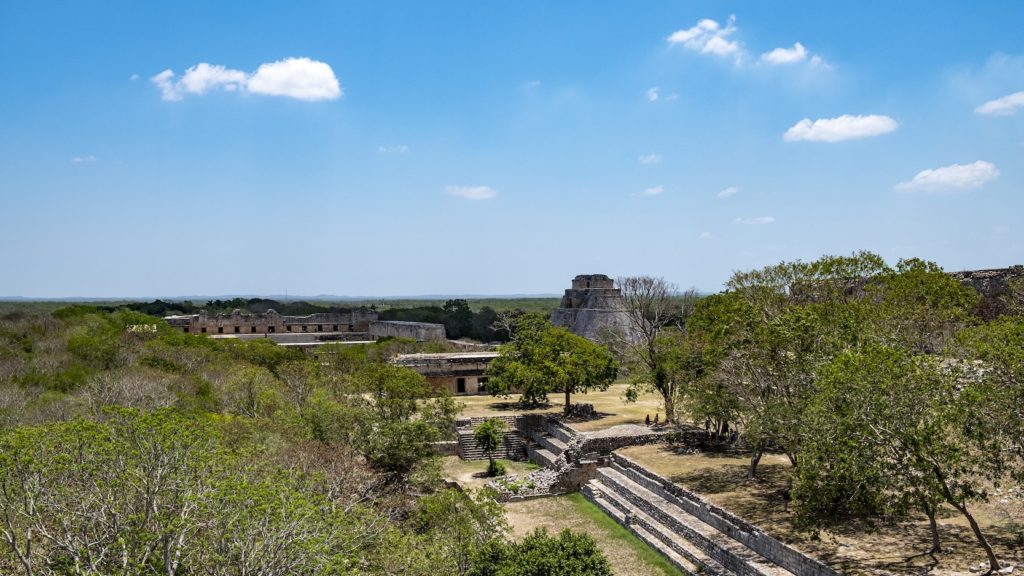
For the refined traveler, these elegant palaces-turned-boutique hotels along Paseo de Montejo are a symbol of the splendor of the Henequen (sisal) era. Muted neoclassical facades hide historic perfection behind stone walls boasting central patios, marble arches, French tiles, and poolside hammocks.
Due to the brevity of our trip, and our packed itinerary, this time we opted for the budget-friendly El Castellano by Gamma (rooms from $50). In the heart of the city, this spacious property caters to jetlagged travelers with uber-early check-in and hearty Yucatecan breakfasts. From here, Mérida’s Historic Center is steps away, with museums, galleries, theaters, shops, parks, and the 16th century Cathedral San Ildefonso.
But first things first: A nap, shower, and shuttle to the ancient city of Uxmal. Located 50 miles from Mérida, this UNESCO World Heritage site is the first stop on the famous Ruta Puuc connecting several Mayan archeological zones.
While travelers often opt for the mighty Chichen Itzá, we must say, we fell madly in love with Uxmal. Considered one of the most important archaeological sites of Mayan culture, this pre-Colombian city has massive stone structures jutting from jungle treetops. In their ornate carvings, temple ruins tell tales of fertility and power that ruled the kingdom.
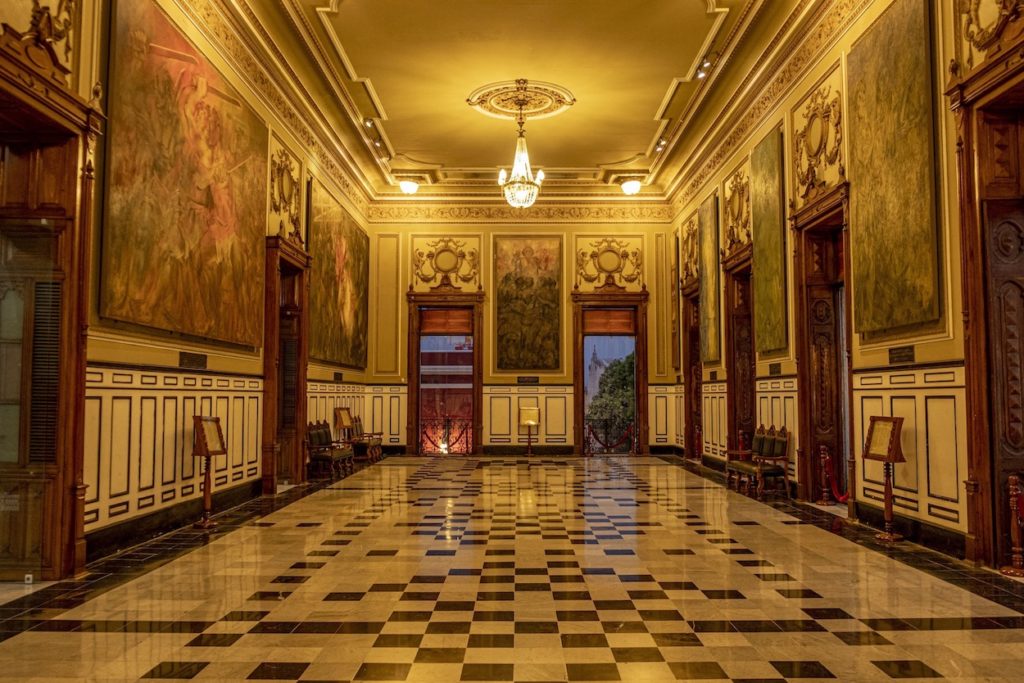
For panoramic views without borders, we climbed the 115-foot Great Pyramid on the south side of the Governor’s Palace. By noon, we had toured Uxmal’s eight structures and climbed the most distinctive Mayan ruin on the Yucatán Peninsula.
From Uxmal, we headed straight to Cenotes Hacienda Mucuyché. Opened in 2017, this fresh-water sinkhole is just one of 1,500 sacred pools across the Yucatán. For a small fee, you can plunge, swim, snorkel, and dive into these underwater caves framed by impressive limestone formations.
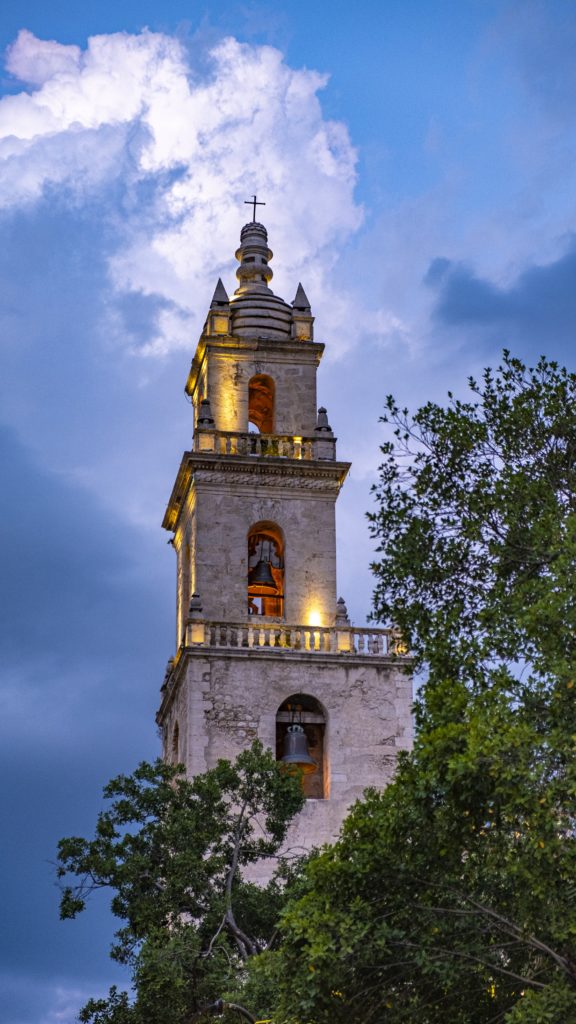
In our half dozen visits to this Mexican state, we’ve had plenty of exposure to these majestic pools, but none quite like Cenotes Mucuyché. Here we floated through caves, drifted in canals, passed beneath waterfalls, and then — for the finale — entered a dark chamber lit only by stalactite prisms. The grotto was silent, other than the sound of water dripping from icicle-like formations tapered inches above our heads.
As part of the cenote experience, guests have access to the abandoned hacienda once belonging to the Peon family. Recently purchased by the Xcaret Group, this slice of history dates back to the 18th century when the hacienda reigned in henequen, and Empress Carlotta bathed in the cenote. Triggering images of the Mexican Empire are the barren chapel, pavilion, and distillery.
After lunch at Cenotes Mucuyché, we returned to Mérida for a city tour of the Historical Center — Mexico’s second largest after Mexico City. Every evening at 9:30 p.m., free walking tours are hosted by guides who narrate Mérida’s rich heritage, starting with the Cathedral. Built in 1563, it’s one of the oldest chapels in the Americas and one of most important in Mexico.
Clearly locals know this, especially during Mass when we found a good percentage of Mérida’s 1.5 million residents roaming the main square. Sunday isn’t just about taking communion however; it’s a day when the zocalo transforms into a festival of music, crafts, food, and an evening vaqueria (traditional Yucatecan dancers in costume).
Fronting the Cathedral is Independence Park where vendors sell everything from cotton candy and snow cones to paper fans and shoe shines. It’s here that locals routinely unite in a time of cultural celebration — singing, dancing, and roaming the lively streets in search of Mérida moments.
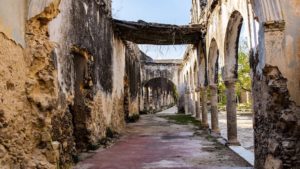
On this boisterous square sits the Governor’s Palace, a quiet spot where we rested beside floor-to-ceiling murals by Fernando Castro Pacheco. His impressive, yet dark works of art, detail the near 500-year history of Mérida.
Our city tour passed cafes, shops, bars, and concluded at the famed Teatro José Peón Contreras, home to the Symphony Orchestra of Yucatán. With just enough time to window shop before dinner, we admired top Yucatecan “must haves” including sisal bags, guayabera shirts, woven hammocks, and fiery habanero sauce from the original source.
That evening we dined at the Museum of Yucatecan Gastronomy, a restaurant devoted to preserving traditional Yucatecan and Mayan cuisine. The dining experience starts with a gastronomy tour through a replica of a Mayan village where we sampled handmade tortillas, spices, nuts, and herbs. This traditional eatery is one of the only restaurants in Mérida to cook regional dishes in an underground pibil oven.
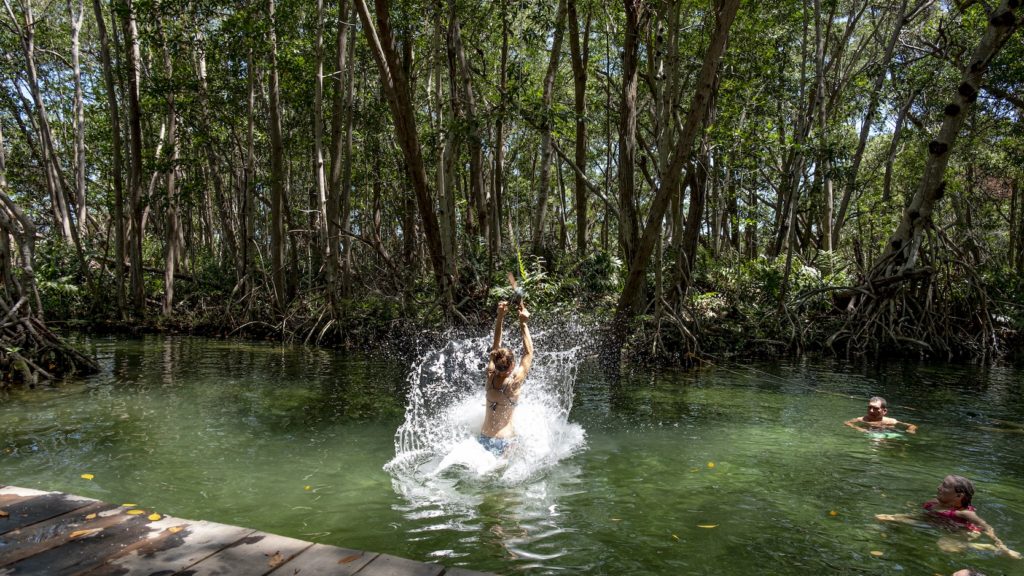
Among the pre-Hispanic recipes we sampled were Poc Chuc (pork marinated in sour orange and achiote sauce), Sopa de Lima (chicken broth with tortilla strips and citrus), Pavo Relleno Negro (turkey in charred chilies and spices), and Cochinita Pibil (slow-roasted pork dish). During dinner, I turned to my husband and asked, “Have we only been here a day?”
One down and one more day to experience, we awoke on Monday and headed straight for Celestún, the hub of Mexico’s ecotourism. Just 55 miles from Mérida, this sleepy fishing village is home to white-sandy beaches, turquoise waters, and a wealth of wildlife. Like a scene straight out of National Geographic, our boat cruised thick mangroves, cutting through narrow channels where 234 species of mammals roamed. Crocodiles and birds were among those we spotted, including one of the world’s largest flamingo colonies.
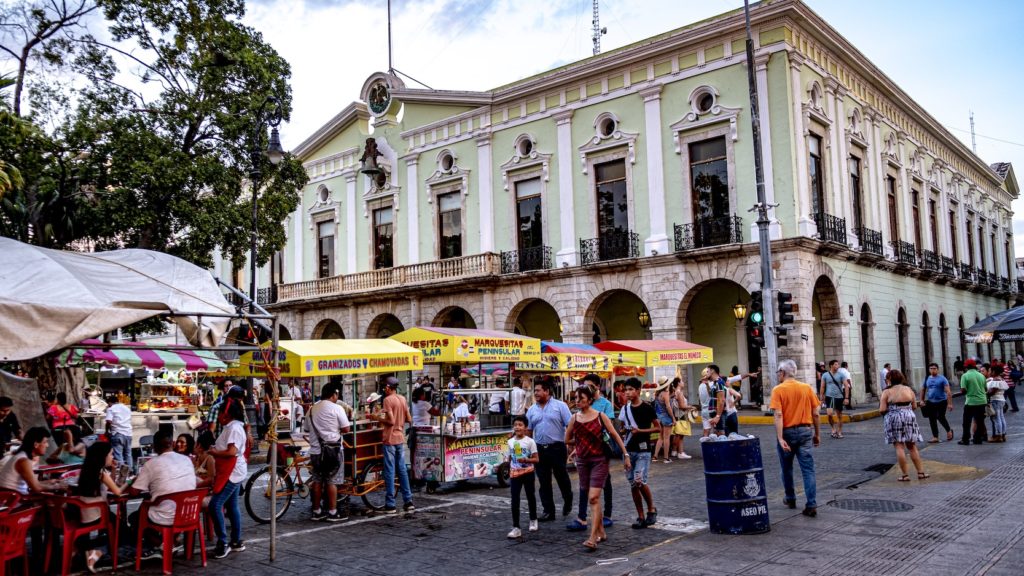
In peak season (November–April), it’s common to see flocks of 5,000 flamingos huddled in packs. After a quick dip in a refreshing cenote, we headed to Hotel Xixim for an afternoon of swimming, snorkeling, and lounging. Along the bumpy road are salt flats where we collected natural salt crystals to season our fries back home.
The hotel is far removed from civilization but worth the effort, rewarding each guest with sugary-white sands and water five shades of blue. If budget and time allow, Xixim has 32 bungalows (from $200) where you can unplug and enjoy yoga, massages, healthy cuisine, and local tours.
After a day on (and in) the water, we de-pruned our bodies over a swanky dinner at Hotel NH Collection Mérida. Located at Paseo 60, this contemporary hotel is worth a visit for those who want to be in the heart of coolness. Shrimp cocktail, an ahi tower, and other seafood smalls paired oh-too-well with rich blends from Valle de Guadalupe.
Following dinner, we strolled Paseo 60, back-dropped by live music and head-turning fashions at trendy boutiques. It’s here that Mérida’s top chefs are opening micro-visions of their successful eateries.
En route to our hotel, we stopped by the illuminated Monumento a la Patria by sculptor Romulo Rozo. This city icon on Paseo de Montejo is a symbol of harmony, history, and tradition of Mexico. Dwarfed in its presence, we were overcome by a humbled reverence for the beauty and power of this magical homeland.
On the 6 a.m. return flight to TJ (again, ouch), we thought about all we experienced in the course of two days. The trip didn’t break the bank, nor did it cost more than a “sick day.”
For those who can handle a little sleep deprivation, only one question remains: ¿Por Qué No?!
For more information, visit Yucatán.travel/ crossborderxpress.com / volaris.com

